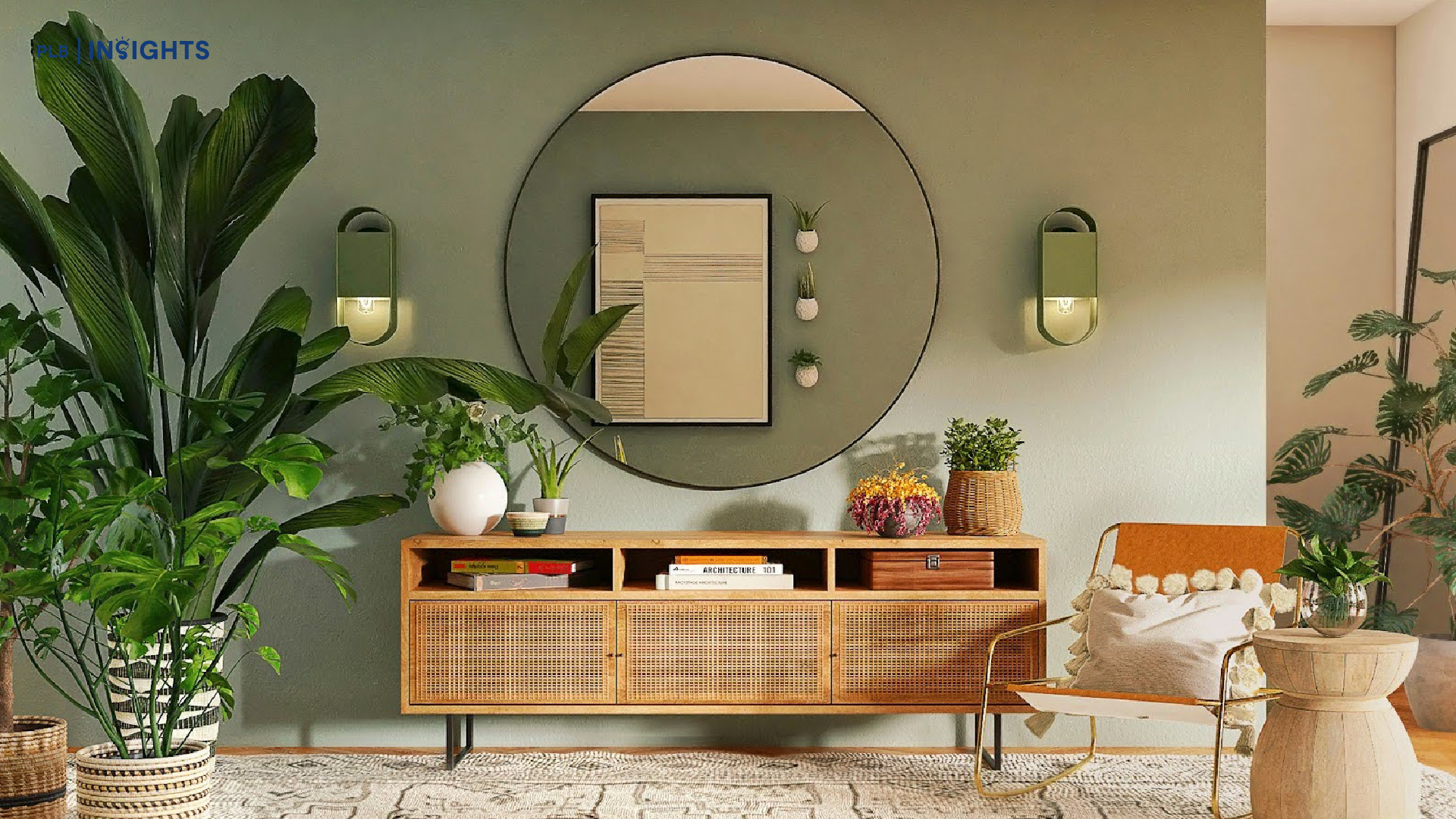
Moving in with your significant other is often a major relationship milestone, but once finalising the administrative and financial arrangements, the next hurdle is deciding what goes into the house. From choosing the furniture to arranging its placements, building a home together is a wonderful process to discover more about your partner as each individual perceives space differently.
For some, external space is correlated with their internal (or emotional) space; or simply, the home needs to be orderly for them to feel the same way inside. For others, the two things are separate. To put it another way, bold and mismatched patterns in a room may be just that for one, but to the other, it may come off as a chaotic space.
As such, you should never assume your partner will be just like you or know your needs (this applies outside of interior choices as well). In this article, we share some tips on how to make the joint design process as painless as possible, and marry differing styles according to you and your partner’s needs. As we celebrate this Valentine’s Day through the building of a shared space, it is important to communicate and do everything in love.
1) Identify the Non-Negotiables
It is essential to first identify the ‘must-keep’ items that neither you nor your partner can part with. Perhaps it is the McDonald’s Hello Kitty Collection your partner spent hours queueing for, or maybe it is your old bamboo baby stool that most 60s kids would recognise. Such sentimental items that demand to be displayed should be highlighted before deciding what furniture to buy.

Discussing this will create an understanding of where everyone is coming from (or how sentimentality is valued) and encourages conversations about each other’s likes and why. This will help kickstart your planning process as you and your partner work around these items to build a cohesive look.
2) Choose a Neutral Foundation
Neutral colours, like white, black and even beige, are infallible when it comes to combining styles. A neutral backdrop provides a balanced base for merging pieces with many colours and accentuating what’s around them rather than competing against them.

For instance, warm neutrals like beige are excellent bases for styles with darker tones; and darker colours like grey or black make great canvases to blend traditional and modern pieces. The trick is to choose a dominant neutral tone and pick pieces, regardless of the style, that fits within the hue. Setting a simple base will help with combining other elements that are unique to the differing styles you and your partner favour.

3) Limit the Colour Palette
As the saying goes, too many cooks spoil the broth, and similarly too many colours detract the space.
Even though a neutral base allows one to incorporate many colours, too many colours can make the room disconnected and pieces in the space feel like it stands alone. Instead, you and your partner should decide on a selective range of colours to repeat, as this will bring together pieces of different styles better. It will help the room feel unified, no matter the variation in styles.

For instance, even though the above room incorporated elements from each of the mid-century decades, the constant brown tone with a splash of blue keeps the interior cohesive.
4) Repeat Shapes and Patterns

Another trick to replicate cohesiveness is repetition. Combining style is not about having a homogenous look, instead, it is to make sure pieces with contrasting styles do not stand out or feel out of place. As such, reiterations of shape, pattern and texture will help complement different styles. For instance, in the above image, a similar chevron pattern is used as a recurring motif to tie pieces of various styles together.
This is the reason why it is important to select furniture pieces that have comparable patterns or forms. A high rounded back barrel chair will not look too great next to a low back and high arm chesterfield chair, even with a neutral background, as the distinctive features of the chairs can be clashing.
5) Consider Scale
While matching colours and patterns may be easy, sometimes it is difficult to visualise the varying scale of pieces in a room or next to each other. To put simply, scale refers to the proportion and the comparative size of your pieces in a space.

Some pieces are naturally weighty, such as a wooden bed frame or a marble dining tables, and others with a more minimalist finish, such as a small cushioned ottoman, tend to be less bulky. One way to curate a more cohesive look is to group pieces of the same scale together, like putting a low coffee table in front of a low loveseat.
On the other hand, you could also play with the scale and place heavier pieces next to dainty ones like a fringed velvet sofa next to a nesting table to create balance. There is no one right way to utilise scale, but it is important to keep in mind how the furniture pieces relate to the room size and to each other.
Immerse in the Process
It is common to not see eye to eye as you and your partner discover the style envisioned for your home, however all disagreements need to be treated with compromise and communication. With these tips, we hope you will find combining your styles not that difficult after all, and fall in love with the process of getting to know your partner while building up your home.
For more interior tips, check out STAGE by PLB. Happy Valentine’s Day!









